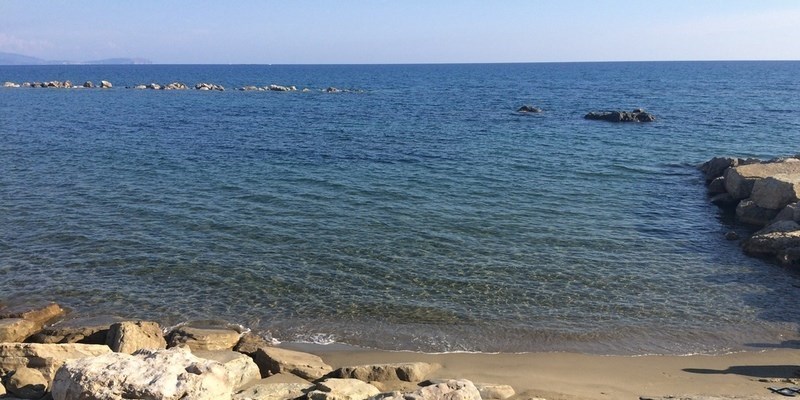The area around Salerno shows elements of undoubtable uniqueness, a mix of its ancient history and cultural countryside that is one of the most fascinating that Italy and the world can talk about. On this strong assumption its necessary to enhance the exceptional archaeological and monumental attractions that need work.
In the mid 1990’s the Province of Salerno – to whom I had just been elected- drew lines between the option of a political-program or a cultural-based development program. In the following two years,1997 and 1998, after the preliminary investigation of special candidacy case, the Lead partner of a pool of institutional individuals, he obtained the registration in the UNESCO List of the Material Heritage of Humanity before of “The cultural landscapes of the Amalfi Coast,” then of “The cultural landscapes of the National Park of Cilento and Vallo di Diano, with the archaeological areas that need work, like that of Paestum and Velia and with the Certosa of Padula.” There were also, in the southern area, further recognition, preparatory to the final one, such as that relating to the inclusion in the List MAB (Man And Biosphere) – the biosphere reserve.
The ideals established by the World body, a responsibility of the UN, is linked to what its citizens can do to create a balanced system where changes have been carried out over the centuries. I can say that even though having changed some layouts of the land, we have not gotten rid of the peculiarities of the countryside. In this sense, both the Amalfi Coast and the Cilento-Vallo di Diano area and the Alburni area – the last of which has recently been added to the Park Area – portrays the spirit of the choices made by UNESCO.
After all, the millenary history, the roots of the western civilization recorded by the settlements and the architectures of the magno-greek as well as by the philosophical ideas of the Eleatics School, the commercial relationships have connected with the most important forms of the Mediterranean civilization, the deep religiousness that has known how to mingle Christianity and the Eastern monasticism with other monotheistic religions that represent the most significant demonstration of being open to the dialogue and debate as an inherent attitude to the awareness of these populations during all of the stages in history.
Another resemblance that links the two territories, although they are apparently so different from each other, is the use of the marine resource. In 1973 the first Mediterranean Marine Park was founded in Castellabate. At the end of the 1980s local authorities strongly rejected the idea of oil drilling off of the Amalfi coast, and in the mid 1990s, in the Vallo di Diano, with firm determination by the local ruling classes a request for drilling in the mountainous area between Sala Consilina and Sassano was also rejected.
The connection with the environmental opinion is important here too, aimed at improving the “Mediterranean spot” along with typical traditional crops, considering that the latest represent a useful device to maintain the land and to protect it from hydro-geological instability. It is no coincidence that in November 2018, in the List of intangible Heritage held by UNESCO, has found place in the ancient technique of “Dry Walls” and that a decade ago, the Mediterranean Diet was inscribed on the same list as a way of life of our people.
The effort that needs to be made today is to maintain a high profile in local development strategies, compatible with strongly identifying the cultural roots!
Alfonso Andria
President of the Province of Salerno (1995-2004);
President of the European University Centre for Cultural Heritage – Ravello;
Director of the Archaeological Park of Paestum

